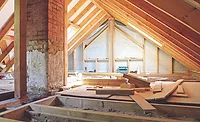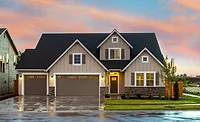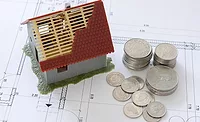Drones & Automation: How they Help Roofing Contractors?
Roofing is a trade that requires a lot of human touch, but technology can make a big difference.
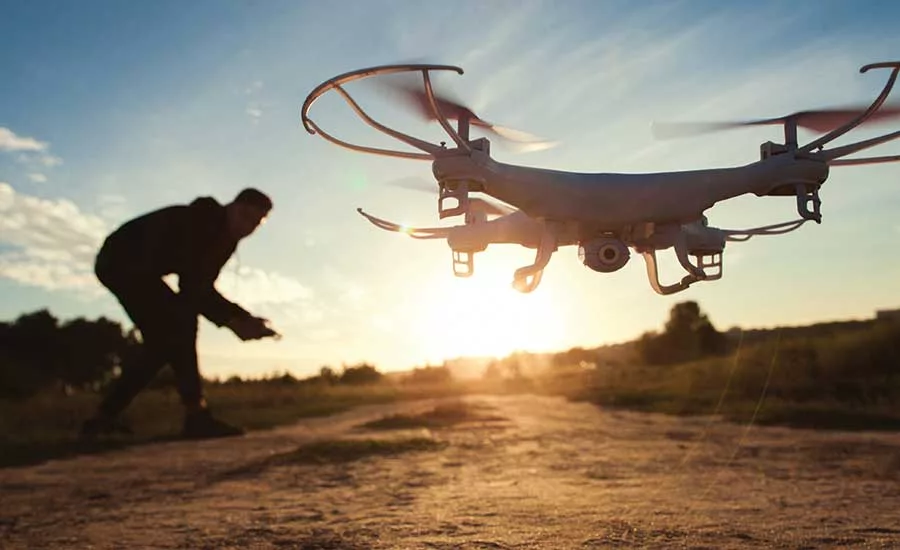
Roofing is obviously a trade that requires a lot of human touch, but that does not rule out the fact that technology can be implemented to supplement the human components.
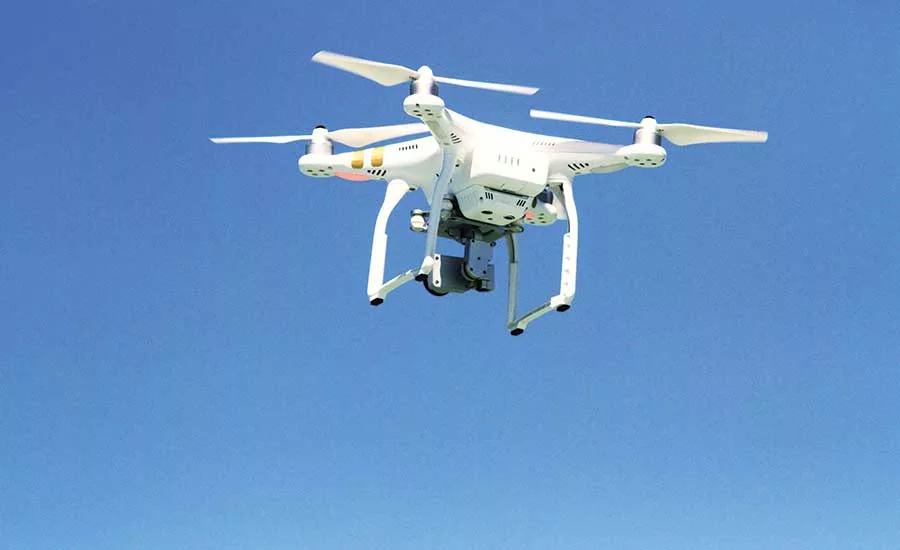
Roofing is obviously a trade that requires a lot of human touch, but that does not rule out the fact that technology can be implemented to supplement the human components.
So what is automation? We keep hearing this buzz term in tech and its impacts in various industries. Automation leverages technology to manage, monitor, or perform a form of production and/or service. Can automation be applied to roofing? Yes. Roofing is obviously a trade that requires a lot of human touch, but that does not rule out the fact that technology can be implemented to supplement the human components. Over the last decade, we’ve seen many instances of automation applied to the roofing industry, and it’s helping companies become more successful.
Automating Damage Detection
Believe it or not, we’re at a point where it’s literally no longer necessary to climb on roofs to inspect them for damage. Damage detection can now be conducted with the use of drones. The newest drones are equipped with 4K cameras for maximum clarity. Images taken from the 4K cameras can be run through machine learning software such as Panton’s, to detect anomalies within the images themselves — highlighting the presence of damage.
Roofing contractors are already adopting this technology on various client projects, especially on three-story homes, which have become more common in metropolitan areas. Roofing contractors looking to adopt this technology today only need to fly a drone and take photos. The full inspection can now be conducted at a fraction of the time it takes to do it conventionally, saving your company time and more importantly, reducing any safety-related issues with climbing on the roof to conduct the inspection.
Oftentimes, there may be confusion on whether one spot is a blister or hail damage. Situations like this often lead to further complications in the process, like inaccurate estimates. Variance in judgement is especially common with roofing contractors lacking experience or good work ethic. Automation and machine learning will always remain consistent with the detection of damage. This is due to the fact that the software is able to learn the distinct characteristics of various types of damage, allowing it to be consistent in how to categorize them.
Improved Accuracy and Speed
One disadvantage with people scoping damage on a roof is the consistency in the quality of work. Sometimes a new hire may miss areas of damage, or other times a lazy employee chooses to cut corners to get the day over with. With the usage of machine learning, errors related to accuracy can be reduced, allowing you to provide better service and have more items on your estimate. Every roof using the technology will be inspected the same way taking out any possibility of human error.
Drone usage combined with machine learning can drastically reduce the time it takes to submit a claim. Speed is critical in the roofing industry, especially during storm season. Speedy roof repair is beneficial for your customer, allowing them to protect their homes from further damage. Additionally, this will allow you to conduct inspections faster, allowing you to inspect more roofs in a day. Once a drone roof inspection is complete, the algorithm can quickly analyze the data and build a claim report while reps conduct additional inspections or focus on conducting more sales.
With the automation of damage detection and measurements, estimates can now be automatically generated. Both factors, along with a few other elements such as materials, can be run through a variety of platforms to produce the line items in estimate reports. This means less time at the desk, less headaches, and more money in your pocket. This begs the question, what makes these platforms so good? Companies have partnered with industry leaders to ensure the auto-generated reports are just as good, if not better than most manual estimates produced by roofing contractors.
Better Than the Human Eye?
This might still be somewhat controversial in the roofing industry. There are opinions that software is not as sharp as the human eye. This is a debate for another day. The basic fact is that the damage detection capabilities are good enough to where the roofers, homeowners, and insurance companies can accept photos to validate what is necessary for fixing. In time, abundant data will have been collected to where damage identification will reach 99.9 percent accuracy. This could replace the act of climbing on roofs entirely.
One thing is for certain, if drones and software can detect most, if not all damage faster than a human, roofing companies will start to see increased profits due to increased work capacity and less staffing. Roofers who are quick to adopt these new innovations will have a competitive edge.
There are various forms of measurement software out in the market that can be used so a person doesn’t have to manually measure the roof. Various services use satellite imagery to calculate measurements. Drones can also be used to calculate measurements as well. Drones, such as the DJI Phantom 4 Pro, have GPS built in. With GPS coordinates, the measurement of distances on a smaller scale are pretty much 100 percent accurate. Using drones will provide more accurate measurements than the usage of services that utilize satellite imagery.
Looking for a reprint of this article?
From high-res PDFs to custom plaques, order your copy today!



